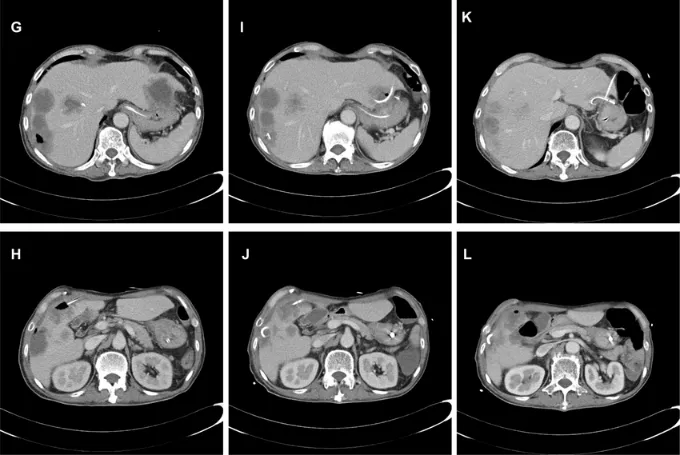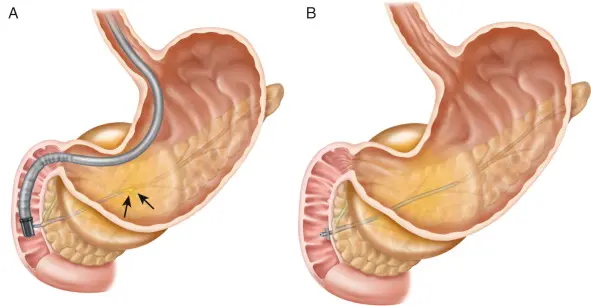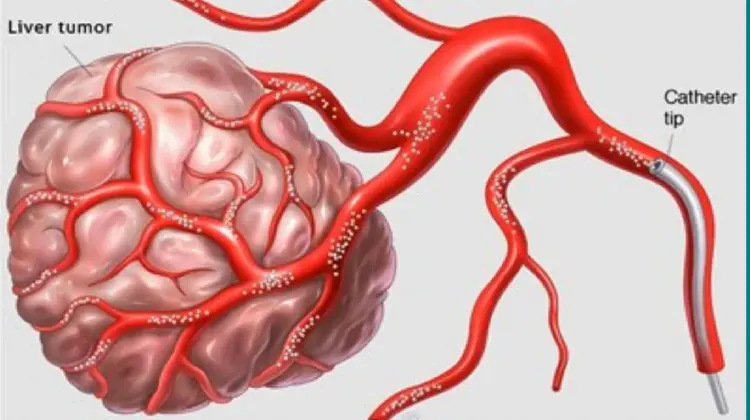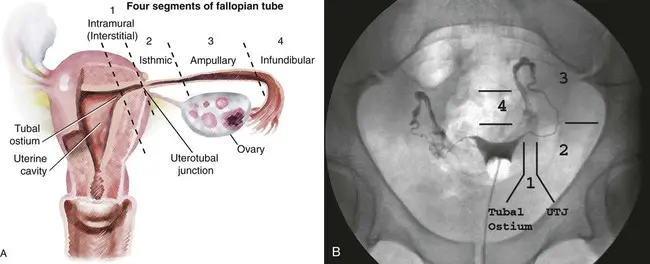A pigtail catheter is a medical device that is used to drain fluid from various parts of the body. It is called a pigtail catheter because it has a curled end, which resembles the tail of a pig.
Pigtail catheters can be used to drain fluid from the liver in cases of liver abscesses.

Pigtail Catheter Placement for Liver Abscess, Pleural Effusion, Ascites, and Pancreatic Pseudocyst:
A pigtail catheter is a flexible, small-caliber tube with a curled end that can be inserted into various body cavities or organs to drain fluids or collections, such as abscesses, pleural effusions, ascites, and pancreatic pseudocysts. Here’s an overview of pigtail catheter placement for these medical conditions:
1. Liver Abscess Drainage:
- A liver abscess is a collection of pus within the liver. Drainage is necessary to remove the infected material and promote healing.
- Drainage helps relieve symptoms, such as pain and fever, and aids in the administration of antibiotics.
2. Pleural Effusion Drainage:
- A pleural effusion is an accumulation of excess fluid in the pleural space around the lungs. It can cause breathing difficulties and discomfort.
- Drainage of pleural effusion improves breathing and relieves chest discomfort.
3. Ascites Drainage:
- Ascites is the abnormal accumulation of fluid in the abdominal cavity, often associated with liver disease or other conditions.
- Ascites drainage helps alleviate abdominal distension and discomfort.
4. Pancreatic Pseudocyst Drainage:
- A pancreatic pseudocyst is a collection of fluid and tissue debris around the pancreas, often caused by pancreatitis.
- Drainage of pancreatic pseudocysts reduces symptoms, such as abdominal pain, and allows the pseudocyst to heal.




